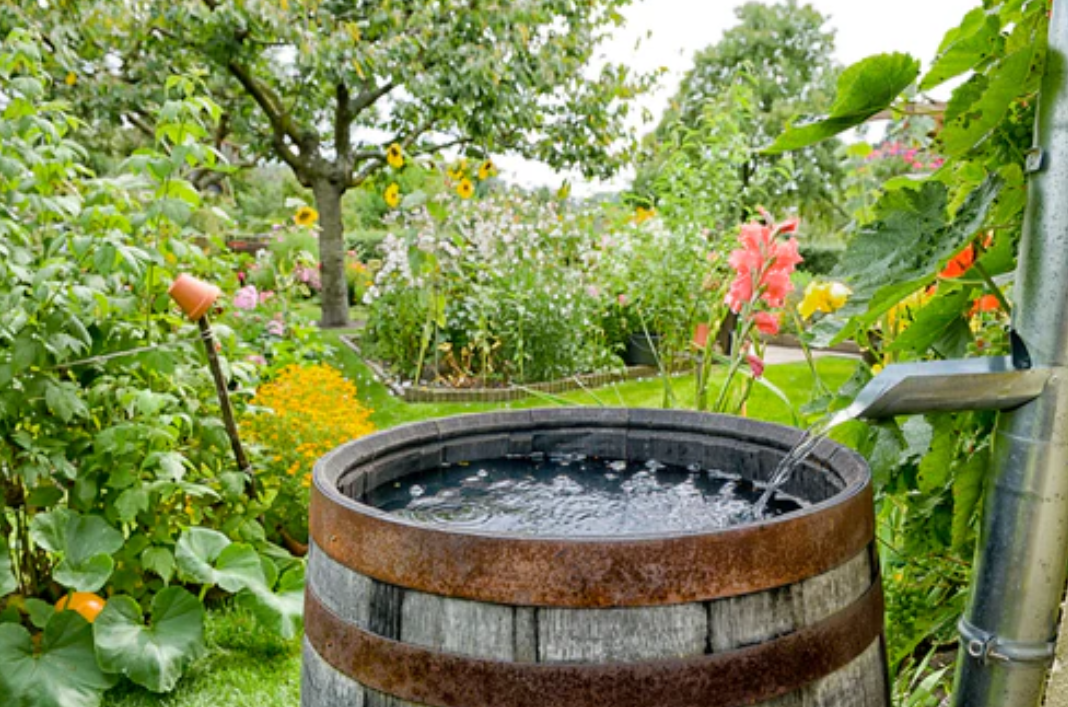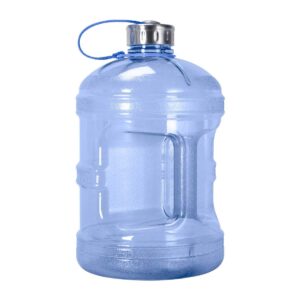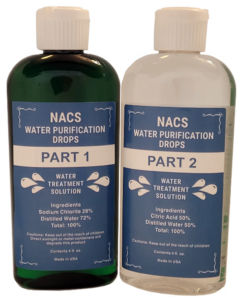Clean, safe drinking water is one of the most basic human needs, yet access to uncontaminated water is becoming increasingly challenging. Whether you’re storing water for emergencies, using rain barrels for gardening, or maintaining an agricultural water system, ensuring the water is safe for consumption and use is essential. One effective method for treating stored water is chlorine dioxide, a compound known for its powerful disinfecting properties.
In this article, we’ll explain how chlorine dioxide can be used to treat water, why it’s essential to purify stored water, and how you can implement this process for various water storage needs.
Why Treat Water?
Water can become contaminated through various means, including exposure to bacteria, viruses, parasites, and chemicals. Even seemingly clean water may harbor invisible contaminants that can cause illness if left untreated. When water is stored for an extended period, it is also at risk of stagnation, which can lead to the growth of harmful microorganisms.
Treating water before storage or use ensures it remains safe and free of harmful pathogens. This is particularly important for drinking, agricultural use, and horticulture.
How Chlorine Dioxide Works
Chlorine dioxide is a highly effective water treatment solution due to its ability to kill bacteria, viruses, and other microorganisms. Unlike traditional methods like chlorine, chlorine dioxide doesn’t produce harmful by-products like trihalomethanes (THMs) when it reacts with organic matter. This makes it a safer and more effective disinfectant, especially for long-term water storage.
Treating Storage Water with Chlorine Dioxide: Step-by-Step Instructions
For Small Containers (One Gallon)
To treat one gallon of clean tap water for safe storage, add two drops of Part 1 sodium chlorite solution to the water. After adding the solution, tightly seal the container to prevent any contamination and allow it to stand for 24 hours before using the water. This period gives the chlorine dioxide enough time to disinfect the water thoroughly. Once sealed, the treated water can be stored safely for years, provided the container remains tightly closed and uncontaminated.
For Large Containers (More Than One Gallon)
For larger storage containers, the treatment ratio is slightly different. Add two drops of sodium chlorite for the first gallon and an additional drop for each subsequent gallon. For example, if treating a 50-gallon clean and sanitized container, add 51 drops of the solution (two drops for the first gallon and one drop each for the remaining 49 gallons) of clean tap water. After treatment, tightly seal the container to prevent contaminants from entering. This process ensures the water remains safe for an extended period, just like smaller containers.
Other Water Sources
The treatment for open containers is differentiated by water source. If clean tap water is used, the measurement as mentioned above applies. Suppose another source is used, such as rainwater, stream water, spring water, or well water. In that case, the disinfecting system involves mixing eight drops of Part 1 (sodium chlorite solution) with eight drops of Part 2 (citric acid activator) and allowed to activate for 30 seconds, then add the combined activated drops to one gallon of visibly clear water to be disinfected or sanitized. Adjust the number of drops to account for the size of the container. If the water is visibly unclean, increase water purification drops by two (16 activated drops) or three times (24 activated drops) based on opacity.
For Open Containers
The treatment process must be repeated more frequently if the water is stored in open containers—such as rain barrels, horticultural water systems, or agricultural tanks. Open containers are exposed to the environment, which increases the risk of contamination from debris, insects, and bacteria. In these cases, it’s recommended to treat the water once every two weeks or more frequently, depending on water quality and usage. The ratio of chlorine dioxide drops should be applied based on the volume of water.
Additional Applications of Chlorine Dioxide Treatment
Horticulture and Agriculture
Chlorine dioxide can also be used to treat water used in horticultural or agricultural systems, where water purity is critical for plant health. For these purposes, follow the same drop-per-gallon ratio used for drinking water. Ensuring the water in these systems is free from harmful pathogens, and contaminants can promote healthier plant growth and prevent the spread of waterborne diseases.
Rain Barrels
Rain barrels are an excellent way to capture water but are prone to contamination due to exposure to the elements. Using chlorine dioxide to treat rain barrel water can keep the water safe for gardening or other non-potable uses. Depending on the water quality, you may need to treat it more frequently if the barrel is exposed to debris or standing water for extended periods.
Storing Water for Emergencies
Water storage is crucial for emergency preparedness, as access to safe drinking water can be limited during natural disasters or infrastructure failures. Treating water with chlorine dioxide before storing it ensures that your water supply will remain clean and safe for months or even years when stored in properly sealed containers.
Drop Conversion Chart
| Measurement Size | Number of Drops | Fl. Oz. |
| 1 teaspoon | 94 drops | 1/6 |
| 1 tablespoon | 284 drops | 1/2 |
| 1/4 cup | 1136 drops | 2 |
| 1/2 cup | 2273 drops | 4 |
| 1 cup | 4546 drops | 8 |
Benefits of Using Chlorine Dioxide for Water Treatment
- Highly effective against bacteria, viruses, and parasites.
- There are no harmful by-products, unlike traditional chlorine.
- Long-lasting water safety, especially for sealed containers.
- Versatile for use in drinking water, horticulture, and agriculture.
Treating stored water with chlorine dioxide is a simple and effective way to ensure your water remains safe for drinking and other uses. Following the correct treatment ratios and sealing containers tightly allows you to store water for years without worrying about contamination. More frequent treatment is necessary for open water systems for environmental exposure, but the same benefits of clean, pathogen-free water apply. Whether you’re storing water for emergency preparedness, agricultural use, or garden irrigation, chlorine dioxide provides a reliable solution for maintaining water safety.
The EPA has approved chlorine dioxide water purification drops in these cases.



Leave a Reply